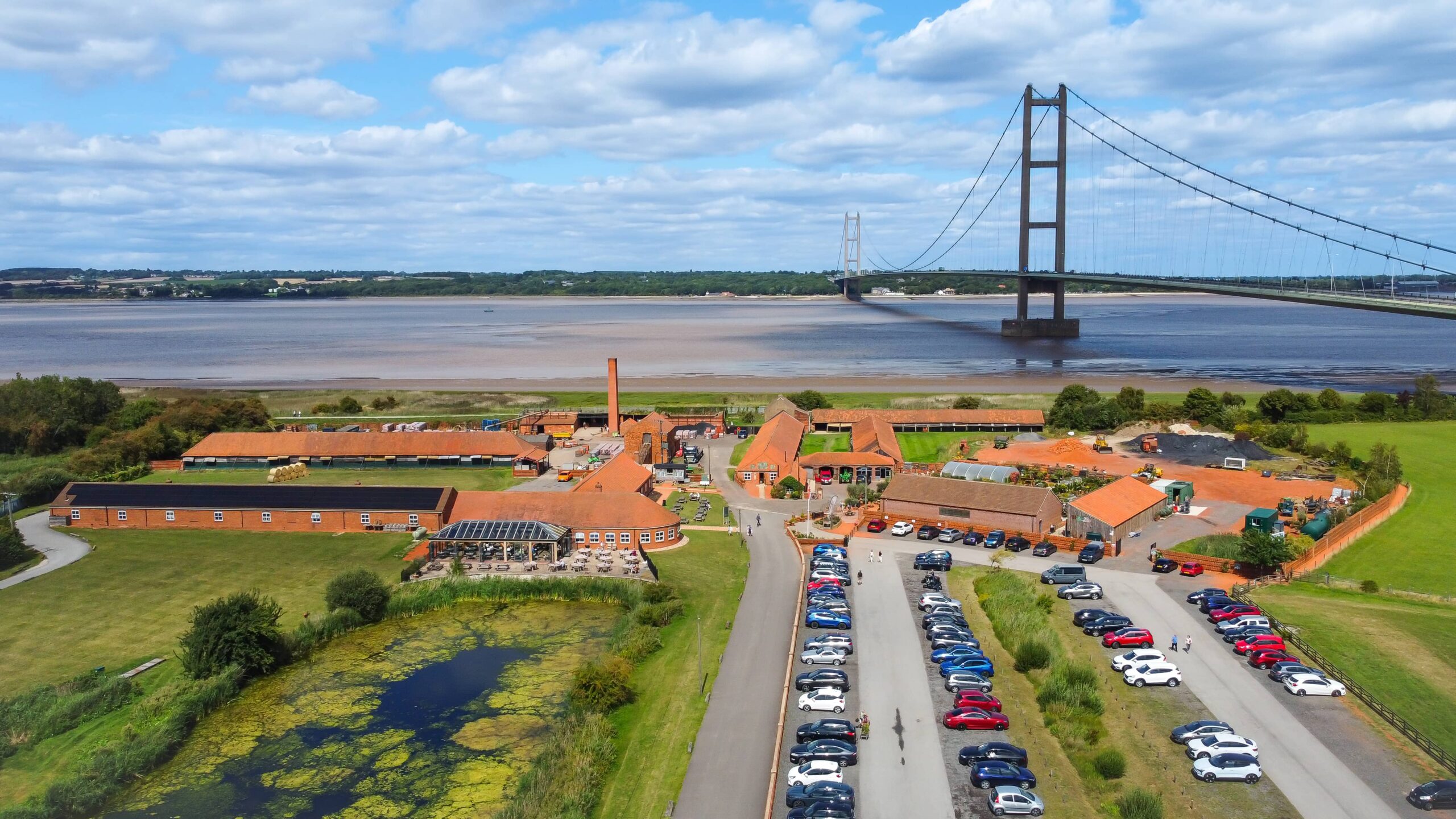Our Story
A Living Legacy in Heritage Clay Roof Tiles
For over 180 years, William Blyth has stood at the heart of British roof tile making.
Based at The Old Tile Works Barton-upon-Humber, we are the last remaining manufacturer in the UK still making clay roof tiles the traditional way—by hand, with skill, using our own alluvial clay reserves from the banks of the Humber.
Our heritage clay roof tiles are more than just building materials—they are living pieces of British craft, made for restorers, conservation professionals, and homeowners who understand the value of authenticity and time-tested performance.
Explore the key milestones that have shaped William Blyth’s legacy as a trusted British Roof Tile Manufacturer:
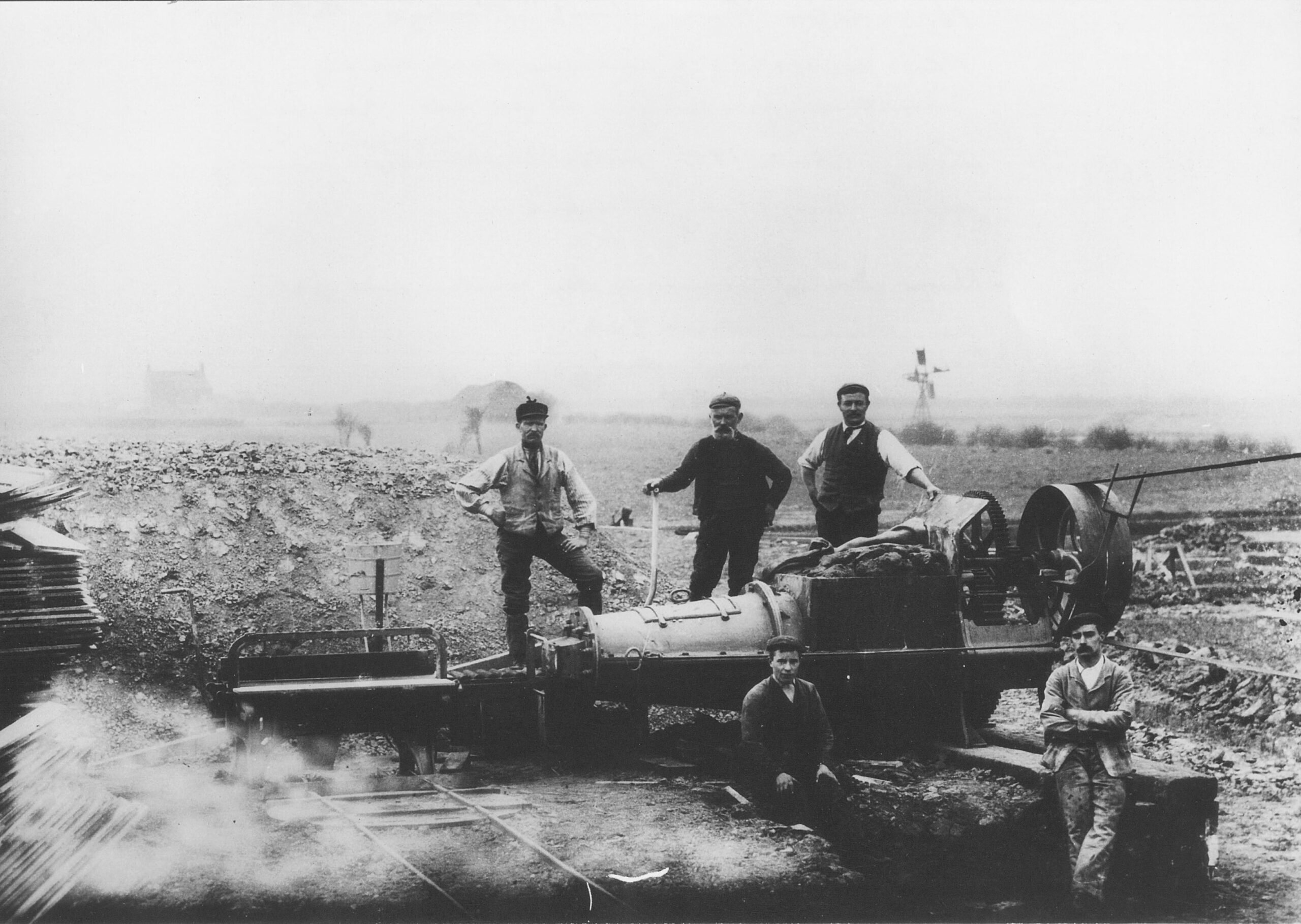
17th Century — Clay Replaces Thatch
As tile roofing grew in popularity across Britain, Barton-upon-Humber emerged as a natural hub for clay products. With its abundant alluvial clay deposits and proximity to the Humber, the area began to shift from thatched roofs to more durable, clay-tiled structures. This transformation laid the groundwork for a thriving local industry.
1840 — William Blyth is Established
Amid the growing demand for roof tiles, William Blyth was founded—marking the start of a tradition that would span generations. Using locally sourced Humber clay, the company began manufacturing handmade clay roof tiles in the Barton area, gaining a reputation for reliability and quality.
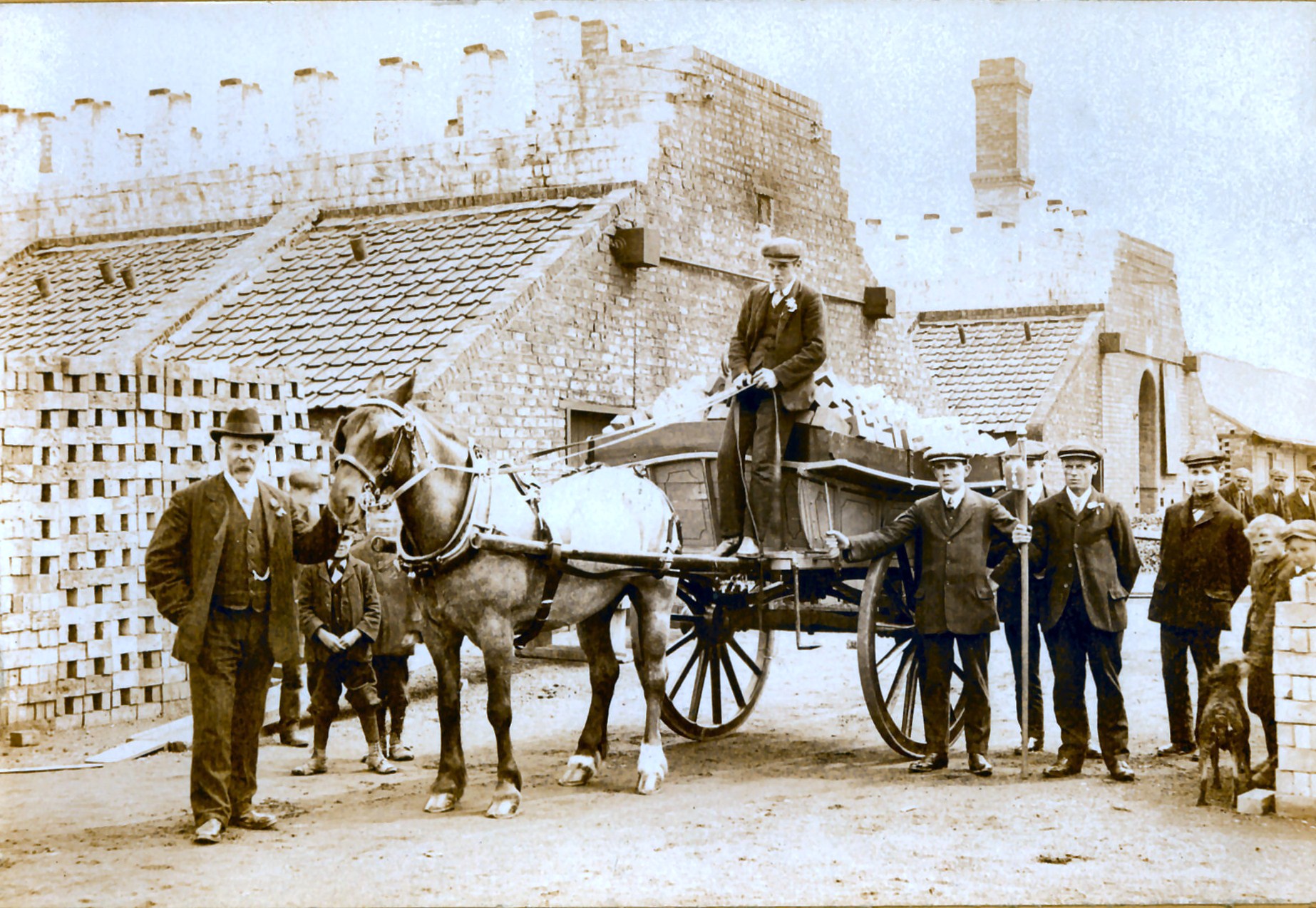
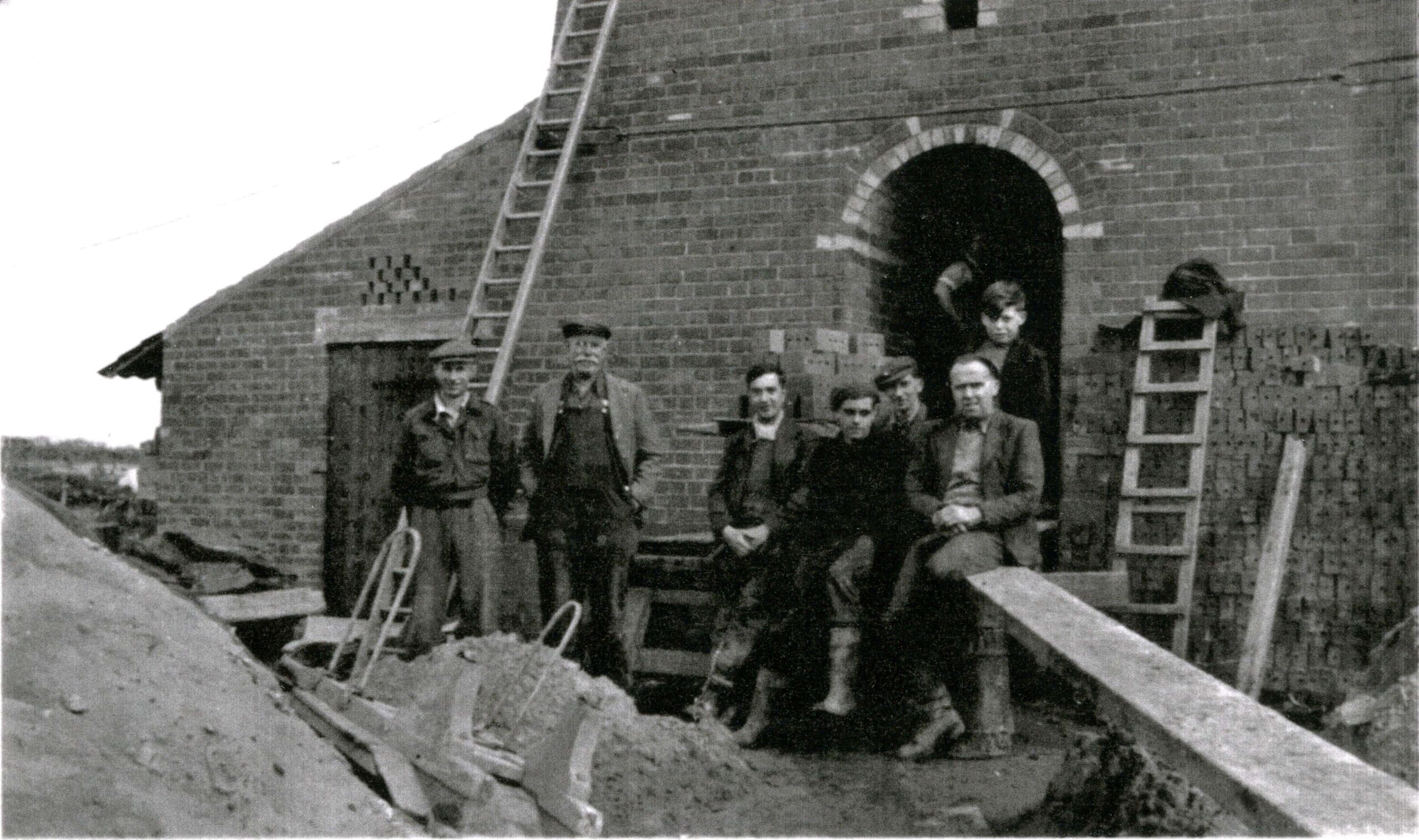
1850 — The End of the Brick Tax
The abolition of the Brick Tax opened the floodgates for clay production. Tile and brick manufacturing boomed across North Lincolnshire, with over 20 producers operating along the south bank of the Humber by the 1890s. William Blyth stood out for its skilled workforce and commitment to handmaking every tile.
1870s — Acquisition of Hoe Hill Tileworks
The Hoe Hill tile yard, still in operation today, became part of William Blyth. This site, along with Far Ings, formed the backbone of the company’s growing manufacturing capabilities—both rich in history and heritage.
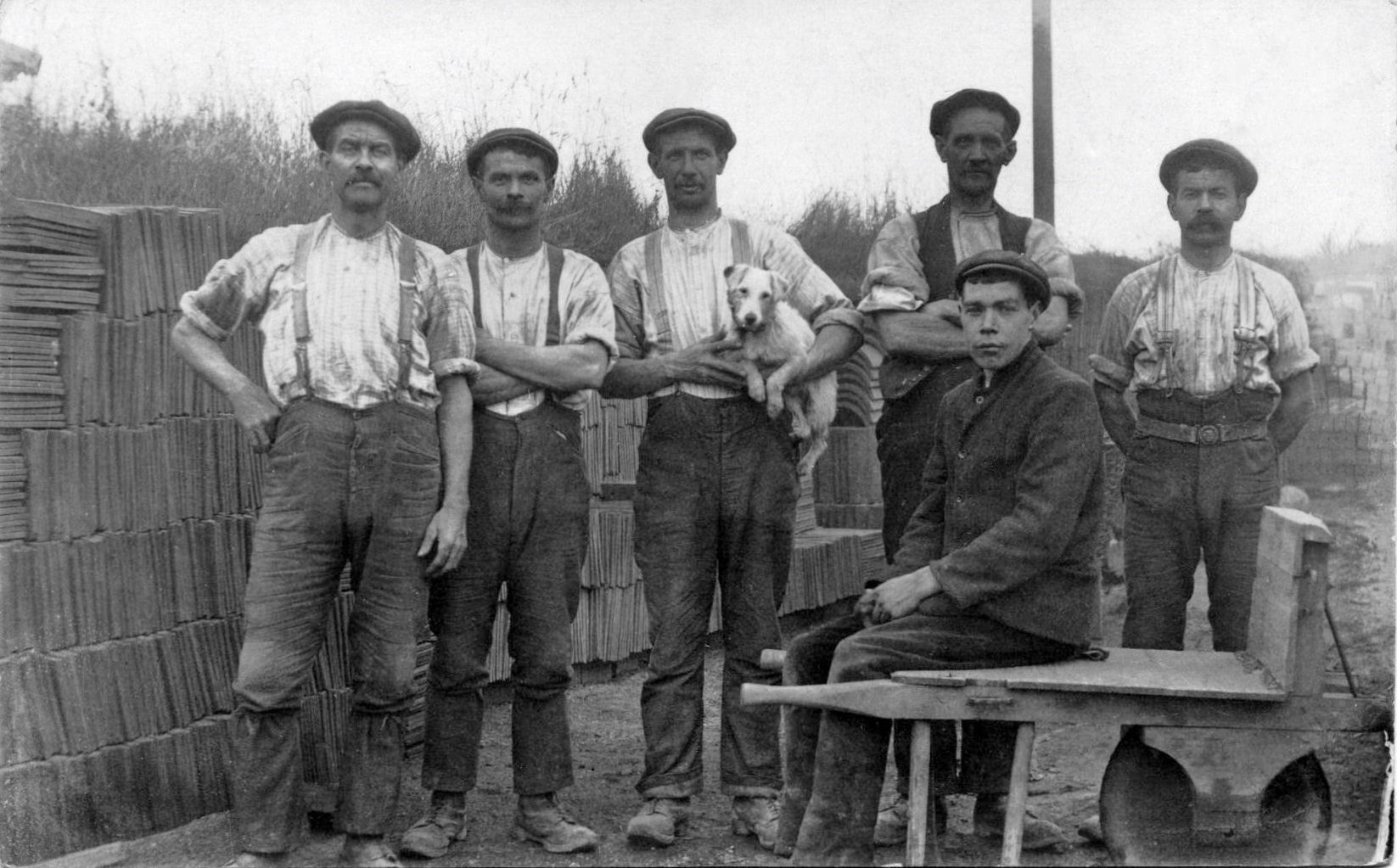
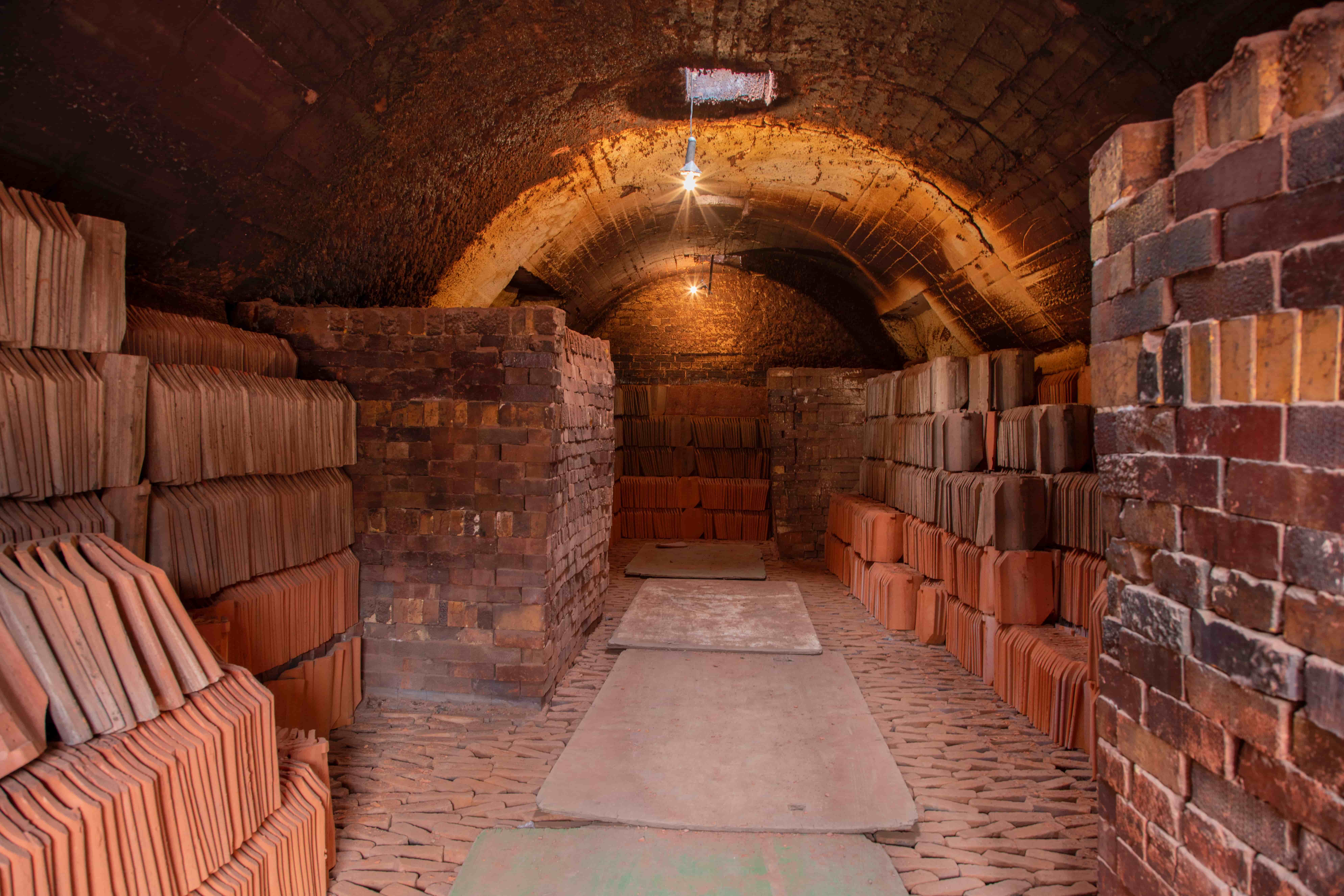
Early 1900s — Kilns That Stand the Test of Time
Our traditional coal-fired down-draught kilns, now heritage-listed, were built and put to work—firing handmade tiles in small batches. These kilns remain in use today and contribute to the unique texture, colour, and performance of William Blyth tiles.
20th Century — Endurance Through Change
While many local competitors ceased trading through war, industrialisation, and global shifts in construction, William Blyth continued. The main difference in our process? We traded horse-drawn carts for motorised transport. But every tile was—and still is—shaped by hand and fired using traditional methods.
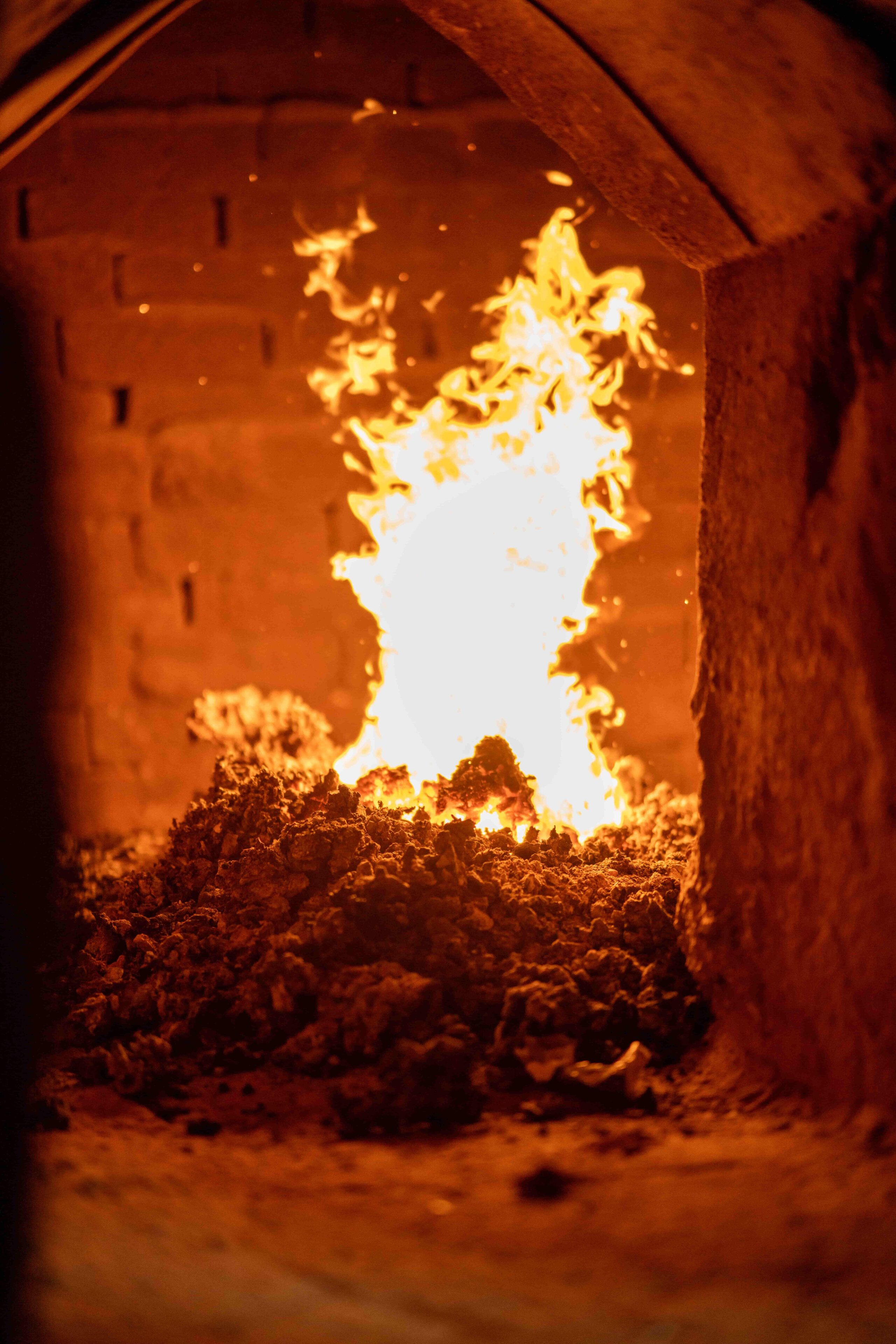
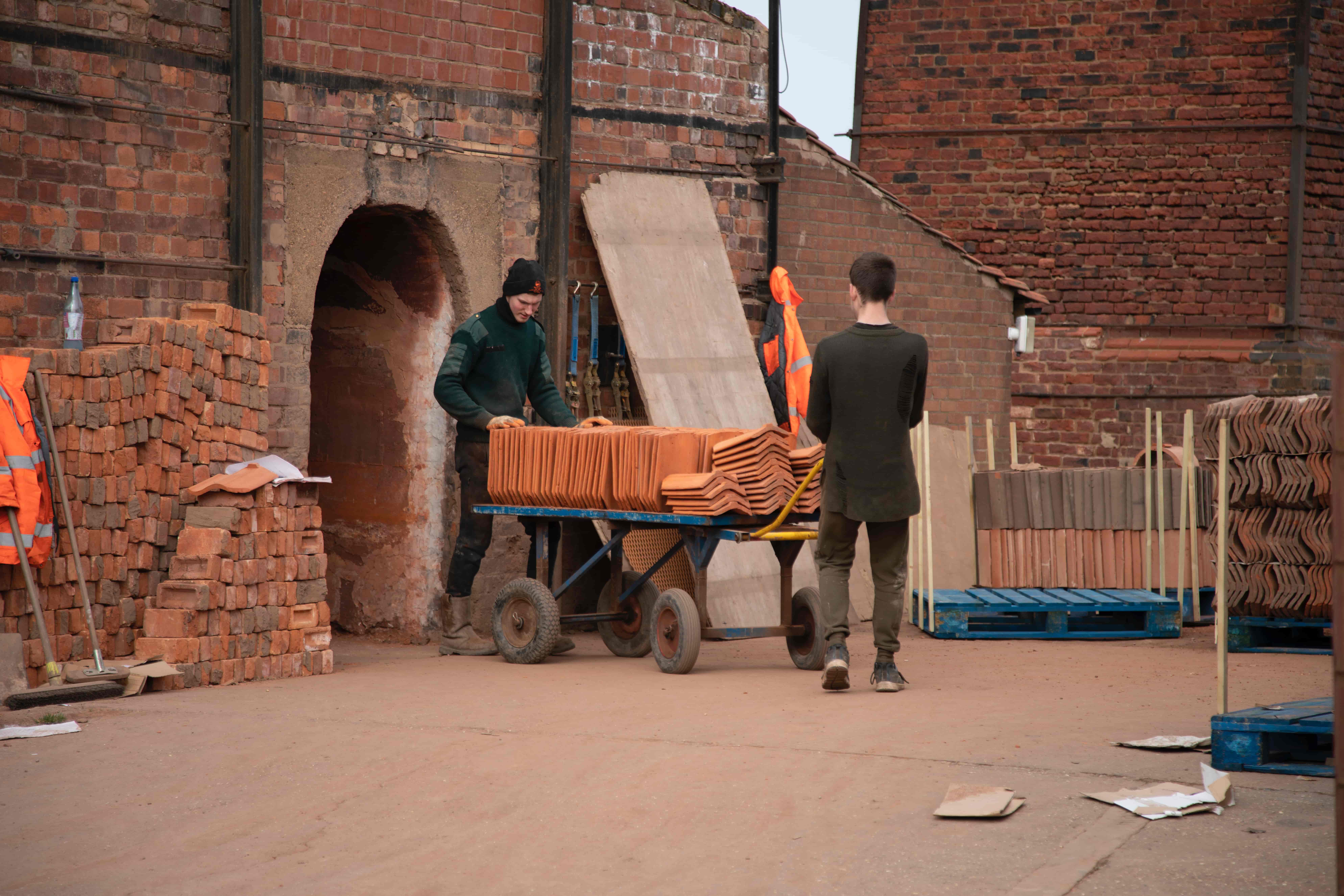
21st Century — Investing in Craft & Conservation
In recent decades, we’ve deepened our focus on heritage and responsibility. Our handmade clay tiles are trusted by conservation officers, architects, and heritage bodies alike. We continue to make tiles using our own Humber clay reserves—without chemical additives or artificial dyes.
Our production process remains environmentally conscious, with minimal waste and a natural weathering cycle that enhances each tile’s character over time. No mass production. No shortcuts. Just true British craftsmanship.
Today — A Heritage Worth Visiting
William Blyth is now the last remaining traditional roof tile manufacturer in Barton-upon-Humber—still working from its two historic sites. Customers and professionals alike are welcome to visit and witness our skilled team in action. From conservation projects to new build developments, our tiles are chosen for their authenticity, longevity, and unmatched character.
